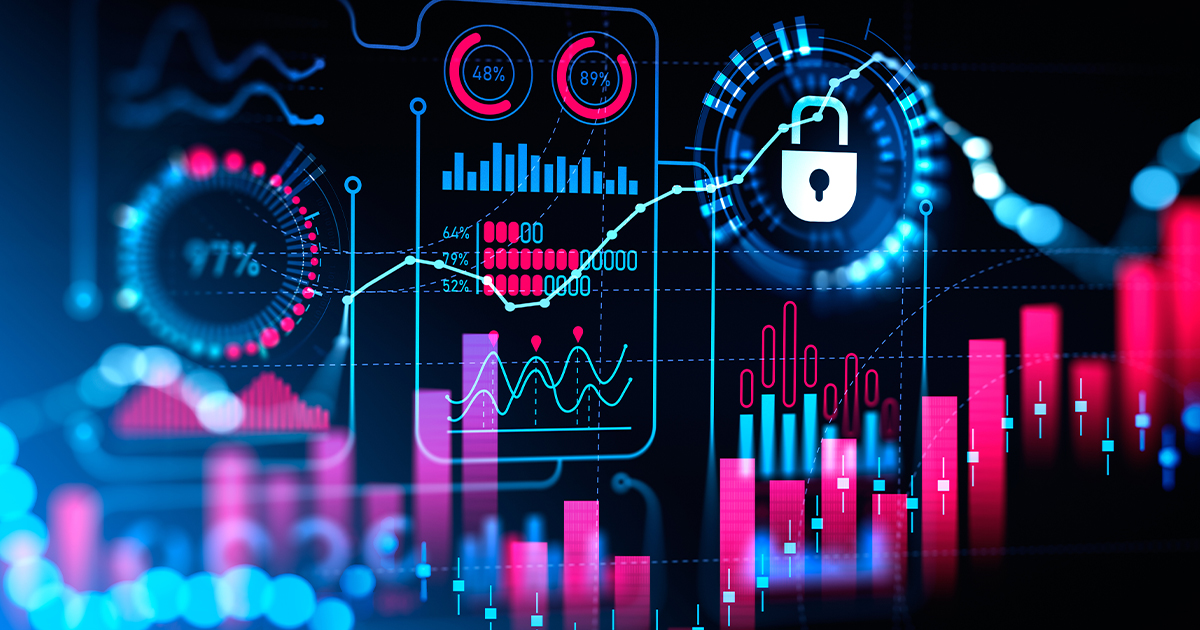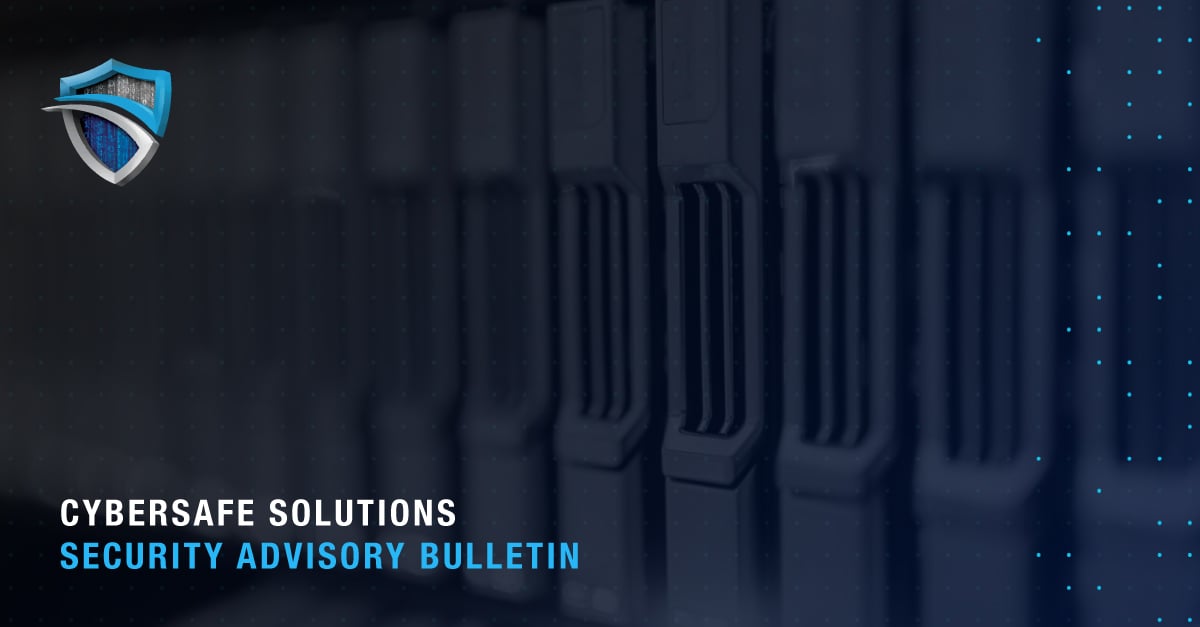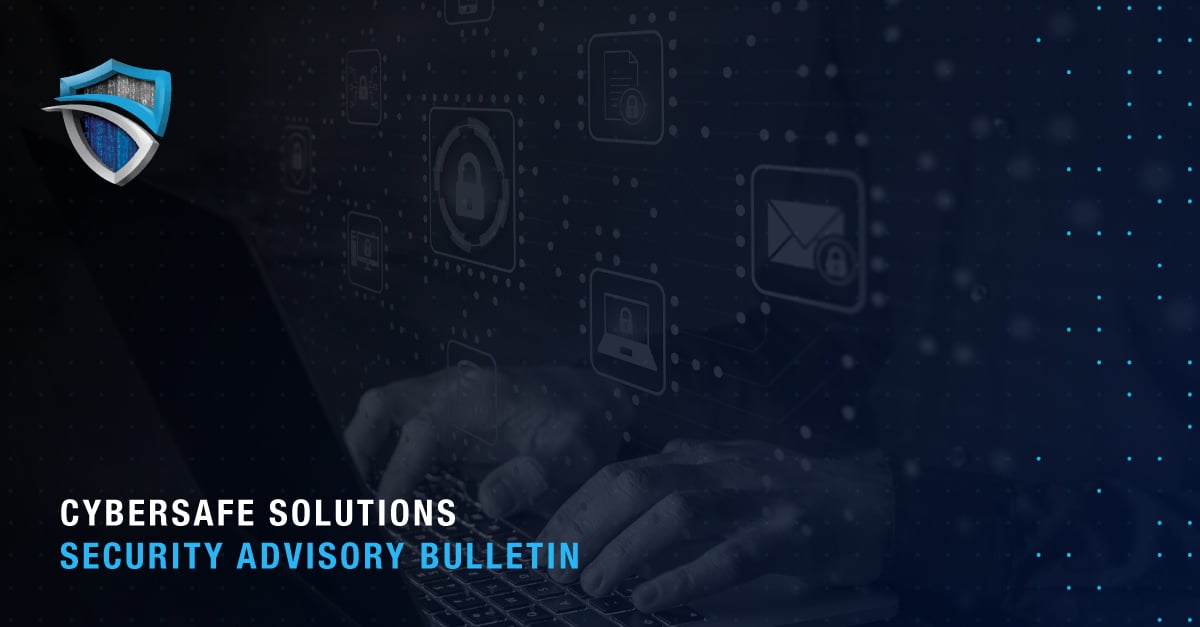Cyberthreats are constantly evolving, making it that much more important to be aware of the ever-changing landscape and maintain a robust cybersecurity posture.
To support this, Cybersafe’s skilled team of certified specialists have compiled the top cybersecurity trends to consider this year.
Cybersecurity Trends for 2023
1. Ransomware Continues to Spike
Ransomware is on the rise—and so is the price tag associated with a data breach, which now carries an average cost of about $4.54 million, according to IBM’s 2022 “Cost of a Data Breach” report.
Ransomware, which was up by 41% in 2022, disrupts every facet of business operations. It can lead to reputational damage, expensive litigation, and an erosion of customer trust. The cost and repercussions are so extensive because ransomware enables hackers to encrypt computer files and systems and block access, often withholding sensitive information or threatening to post it online unless a ransom is paid.
Monitoring ransomware will continue to be a priority for cybersecurity professionals in 2023, making early assessment, risk mitigation, and prevention of the utmost importance.
2. Credential Stealing & Extortion on the Rise
Corporate credential stealing and extortion continues to be one of the main ways threat actors access and exploit victims.
More than half (54%) of all cybersecurity incidents are caused by credential theft, according to the 2022 Ponemon Institute State of Cybersecurity Report. The leading reasons for such thefts are malware, application vulnerabilities, phishing, and other techniques threat actors use to illegally access corporate credentials. Threat actors leverage sensitive data and account privileges for fraud, espionage, or malware distribution.
The bottom line: It is essential businesses protect critical assets by incorporating methods such as multi-factor or password-less authentication.
3. Endpoints Under Constant Attack
Endpoints, such as mobile devices and computers, continue to be a primary target for ransomware and other threats.
A 2022 Verizon Data Breach Investigation Report (DBIR) found the human element of social engineering techniques such as baiting, phishing, and scareware, among others, were present in 82% of examined attacks. This underscores the reality that endpoint users are your company’s first line in safeguarding your network’s security.
One of the best ways to prevent an attack is by educating your staff about common attacks and cyberthreat strategies. That means equipping all users with security awareness training on today’s evolving threats, and enlisting trained professionals for endpoint detection and response (EDR) to provide 24/7/365 visibility into network-connected devices.
4. Zero Trust Implementation Key to Risk Prevention
Zero Trust Network Access (ZNTA) policies assume no one within an organization is implicitly trustworthy, and therefore requires employee authentication and authorization to protect network accounts, assets, workflows, and services.
“Most of the [threat actors] that we see, they're trying to get into businesses that don't have MFA, that don't have active anti-phishing measures in place,” explains Cybersafe Security Sales Engineer James Ewing. “So [MFA] really slows them down, and nine times out of 10, they'll just go look elsewhere.”
ZTNA, the fastest-growing network security segment, is projected to expand by 31% in 2023 due to remote work and minimizing Virtual Private Network (VPN) reliance, according to a 2022 analysis from technological research and consulting firm Gartner.
5. More Organizations Will Implement Password-less Authentication
Apple, Google, and Microsoft have already made commitments to accelerate availability of password-less access—a trend expected to continue throughout various industries this year and beyond.
This is a promising development even when you consider that MFA has become more ubiquitous. Despite increased awareness around credential-protection, more than half of IT decision makers continue to share passwords with colleagues via email (53%), chat (41%), and in conversation (31%), according to the 2022 Password Decisions Survey from open-source password management service Bitwarden. This opens organizations up to costly data breaches, account compromises, and stolen identities.
By verifying identity with a fingerprint, facial scans, or device PINs, for example, organizations can maintain a more secure sign-in process.
6. Geopolitics Will Continue to Impact Cybersecurity
The Russian invasion in Ukraine, and corresponding cyberattacks, illustrate how global tensions can create an opening for threat actors.
The invasion has been referred to as the “largest military conflict of the cyber age and the first to incorporate such significant levels of cyber operations on all sides,” according to the Washington D.C.-based nonpartisan think-tank Carnegie Endowment for International Peace.
A fair majority of cyber and business leaders anticipate ongoing geopolitical instability is “moderately or very likely to lead to a catastrophic cyber event in the next two years,” reads the World Economic Forum (WEF) Global Cybersecurity Outlook 2023 insight report.
In response, cyber leaders are strengthening third-party data access policies (72%) and controls with third parties processing data (63%), re-evaluating countries with which they do business (51%), and adjusting third-party terms and conditions (47%), among other proactive measures, the report notes.
7. SOCaaS Will Enhance Detection & Mitigation Strategies
Considering the extent of these ever-present risks, Security-Operations-Center-as-a-Service (SOCasS) continues to be a robust threat mitigation strategy for detecting, isolating, and eradicating threats before they manifest and become costly attacks.
By enlisting teams of skilled professionals, organizations can continuously monitor endpoints, networks, and cloud environments 24 hours a day, 365 days a year.
With cutting-edge technologies and top-tier threat intelligence, SOCasS teams provide 360-degree visibility into systems at all times—all while saving organizations 20 to 30 cents on the dollar, compared to hiring new staff, says Cybersafe Solutions Chief Operating Officer Keith Strassberg, CISSP.
“A security operation center, because it's dedicated to this, will be far more capable and in touch with the actual threats to a given organization,” Strassberg explains.
“Having the ability to understand when you are breached before it becomes a full-scale ransomware deployment,” he adds, “will save the business untold time, energy and expenses.”
Cybersafe Keeps You Prepared
To adequately defend against evolving threat actor tactics, it is crucial organizations bolster a robust cybersecurity strategy informed by industry trends.
Proactively safeguarding your systems with EDR, ZNTA, password-less authentication, and above all, 24/7/346 SOCaaS monitoring enables you to maintain full visibility over your most essential assets and thwart threats before they occur.
Cybersecurity is always evolving, but in leveraging industry trends, best practices, and unrivaled continuous monitoring with Cybersafe, you empower your business to be prepared for what’s to come.
Cybersafe Solutions is a leading SOCaaS managed security service provider with more than 20 years of experience in the online threat landscape. To learn more about how your organization can stay ahead of industry trends and proactively bolster its defenses, contact us today.




